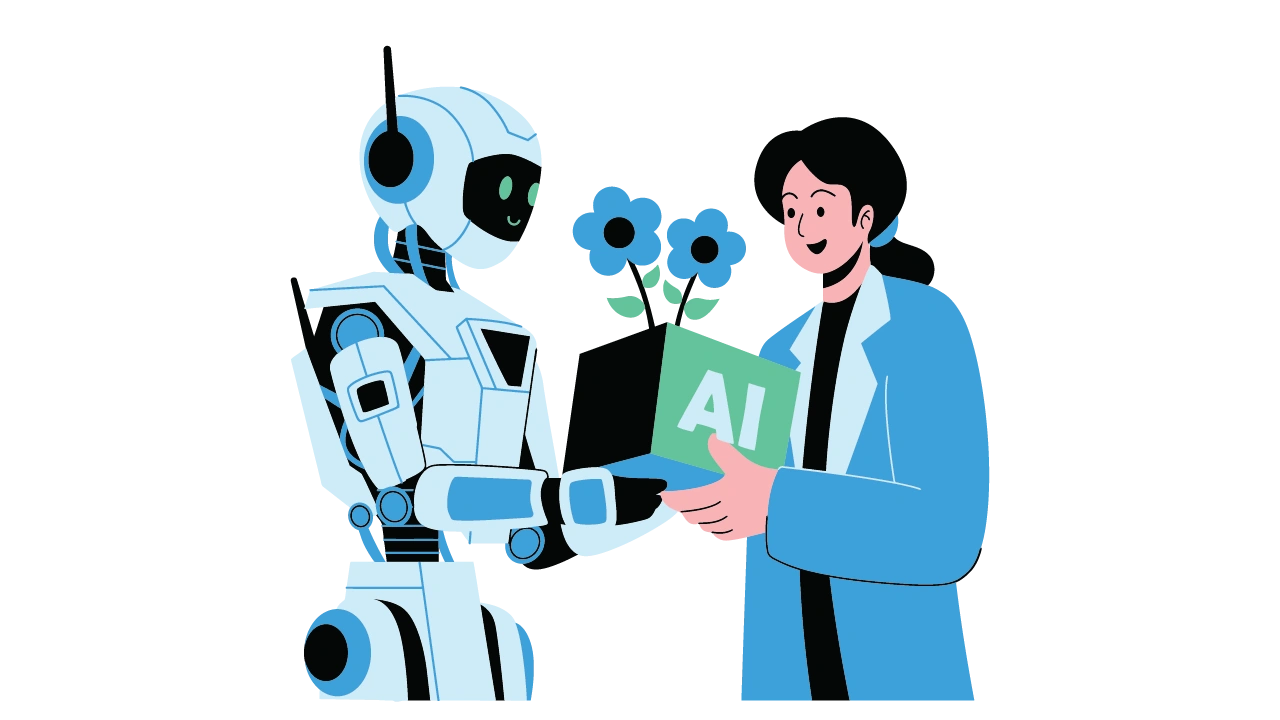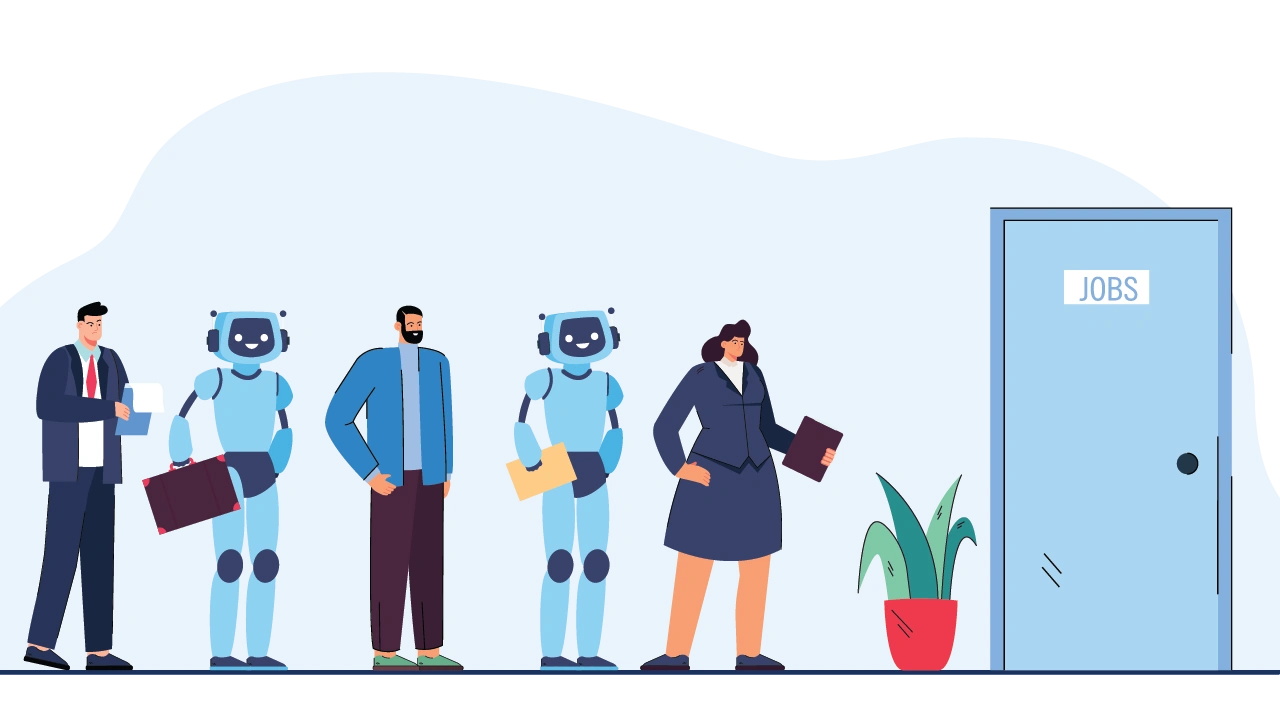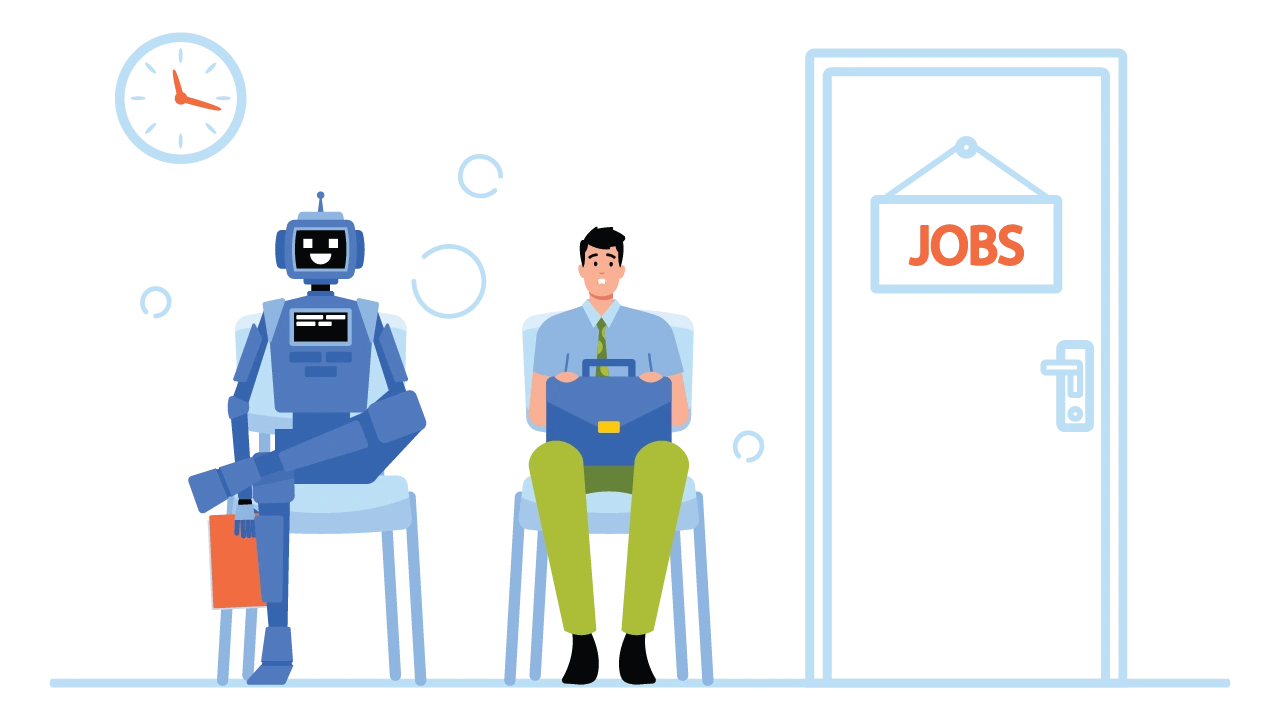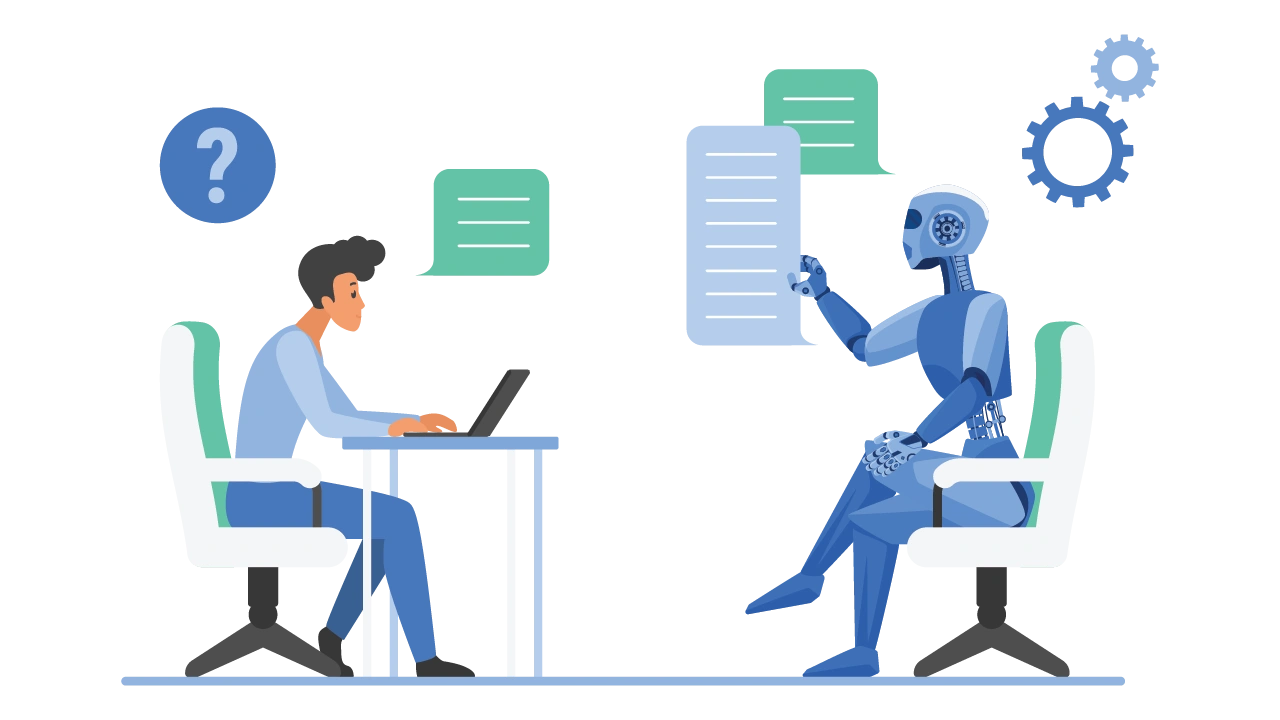


Machines can now paint, write poetry, and diagnose diseases — but can they care?
As artificial intelligence grows increasingly sophisticated, the question has shifted from “what can AI do?” to “what should AI understand?”
We are living in an age where artificial intelligence and empathy intersect in surprising ways. Chatbots can offer comfort, voice assistants can detect frustration, and algorithms can sense mood shifts in text or tone. Yet, the deeper question persists — can AI genuinely feel? Or is it merely learning to simulate feeling?
This article explores whether artificial intelligence can learn empathy — not as mimicry, but as emotional understanding — and what that means for human relationships, leadership, and the future of emotional intelligence in machines.
Empathy — the ability to sense, understand, and share another person’s emotions — has long been a uniquely human strength. It forms the foundation of emotional intelligence, guiding our compassion, relationships, and moral choices.
In contrast, artificial intelligence operates through logic, data, and probability. It can analyze emotional cues but doesn’t experience them. Emotional intelligence stems fromn consciousness, awareness, and personal memory — dimensions that current AI lacks.
While machines excel at pattern recognition, humans excel at emotional context — understanding why someone feels a certain way, not just that they do.
Empathy is not an algorithm; it’s an experience. It emerges from vulnerability, shared emotion, and authentic connection — phenomena that can’t be digitized or reduced to datasets.
Even if an AI system could flawlessly mimic emotional behavior, it wouldn’t feel joy, sorrow, or compassion. The data may be accurate, but the feeling remains absent. This gap is precisely why empathy continues to be the final frontier of human intelligence — a realm where humanity still holds an unmatched advantage.
AI systems today can interpret emotion using affective computing — a scientific field designed to enable machines to detect, process, and respond to human emotions. Through voice tone analysis, facial expression detection, physiological signal tracking, and sentiment analysis in text, AI can infer emotional states.
From customer service chatbots that identify frustration to HR analytics tools that detect early signs of burnout, affective computing allows technology to read and react to emotion-driven data. These innovations are changing how humans interact with machines, forming the foundation of empathetic AI and human-AI interaction in everyday contexts.
For instance, email sentiment tracking can alert managers about declining team morale, and virtual assistants can adjust tone or phrasing when users show irritation. These developments merge empathy in technology with human-centered AI design, bridging the emotional gap between human behavior and digital systems.
Despite these breakthroughs, AI does not experience emotion — it simply responds to it.
When a chatbot offers comforting words, it’s not expressing compassion; it’s producing a statistically generated response based on past patterns.
These systems are powerful pattern-matching mechanisms, not conscious entities. They rely on algorithms, not awareness; probabilities, not perception. AI can speak the language of empathy — but it cannot capture its essence.
This is where the empathy paradox arises: AI can convincingly simulate empathy, yet it can never experience it.
Take, for example, an AI-powered therapist. It can detect sadness in a user’s tone and respond with comforting phrases like, “I understand how that must feel.” To the person, this may feel empathetic — yet the AI has no concept of sadness or understanding.
Take, for example, an AI-powered therapist. It can detect sadness in a user’s tone and respond with comforting phrases like, “I understand how that must feel.” To the person, this may feel empathetic — yet the AI has no concept of sadness or understanding.
Artificial intelligence “learning empathy” really means learning patterns of emotional response, not genuine emotional awareness. It imitates empathy through data, but imitation is not understanding. The difference between simulation and sincerity is what separates humans from machines.
True empathy requires moral reasoning, contextual sensitivity, and emotional depth — qualities rooted in lived experience.p>
Human emotion is inconsistent, irrational, and situational. It changes with culture, context, and time. Algorithms, on the other hand, thrive on rules, structure, and predictability. As a result, algorithmic compassion can only go so far.
AI can help humans recognize emotional needs more effectively, but it cannot replace the human heart that provides compassion. Technology can deliver a script; only a person can deliver sincerity.
AI systems are mirrors reflecting the data and ethics of their creators. If trained on biased, apathetic, or insensitive data, they will replicate those flaws.
Therefore, human-centered AI is essential. We must design AI that aligns not with mechanical efficiency alone but with human values like fairness, transparency, and empathy.
When AI systems reflect our better values, they can amplify human potential. When they don’t, they magnify our biases. The choice is ours.
In organizations, HR leaders and managers have a powerful role in shaping how empathetic AI is deployed.
AI tools can now identify burnout patterns, analyze engagement sentiment, and flag emotional distress across teams. But the next step — listening, supporting, and acting — must come from human leaders.
Empathy-driven leadership means using AI as a diagnostic partner, not a decision-maker. Technology should enhance human intuition, not override it.
A simple example: an AI tool might flag an employee’s declining engagement score. The algorithm sees numbers, but an empathetic manager sees a person who may be overwhelmed or struggling. Here, empathy turns data into understanding — and action into care.
There’s a fine line between empathy and exploitation.
When emotional algorithms are used in marketing, politics, or surveillance, they can easily cross into manipulation.
Imagine an AI advertisement that detects sadness and instantly promotes comforting products. Or a political campaign tool that measures audience anger to amplify division. In such cases, empathy becomes a mechanism of influence, not connection.
This raises deep AI ethics and emotion concerns:
Who controls these emotional insights?
Who benefits from them?
And how do we ensure empathy remains authentic, not automated?
The answer lies in responsible AI design — building transparent systems that protect human dignity rather than exploiting emotion for commercial or political gain.
As technology becomes more emotionally intelligent, the risk of emotional detachment increases. Humans may begin outsourcing empathy to machines — allowing AI to handle apologies, conflict management, or customer care.
While automation saves time, it can erode authenticity. Empathy cannot be delegated; it must be demonstrated.
To preserve what makes empathy real, human oversight must guide technology. Empathy in technology should act as a bridge — helping humans connect more deeply, not an excuse for avoiding emotional labor.
The future of emotional intelligence depends not on whether machines can feel, but on whether humans can continue to feel responsibly while using them.
Artificial intelligence can process emotions, predict behavior, and even comfort us through conversation. But empathy — the moral and emotional essence of human intelligence — remains uniquely ours.
The goal isn’t to make machines feel more human, but to ensure humans don’t start acting like machines. In a future increasingly shaped by automation, empathy becomes not just a virtue but a survival skill.
Empathy allows us to connect meaningfully, to lead wisely, and to design technology that serves humanity rather than replacing it. It is our greatest competitive advantage and our strongest safeguard in the digital age.
Explore how empathy and intelligence can coexist in the future of work.
The next evolution of AI will not depend on how smart machines become — but on how deeply humans choose to care.
No. AI cannot feel emotions. It can recognize emotional patterns — like tone, facial expression, or word choice — and respond accordingly. But feelings come from consciousness and subjective experience, which machines lack. In essence, AI’s “empathy” is simulated, not experienced.
Emotional intelligence (EI) involves self-awareness, empathy, and moral reasoning — capacities rooted in human psychology and experience. Artificial intelligence (AI) relies on data and algorithms to recognize or predict emotional states. One feels emotions; the other analyzes them.
AI-powered systems in healthcare, HR, and customer service use affective computing to detect emotions and tailor responses. For example, chatbots can detect user frustration and shift to a calmer tone. These responses are statistically generated, not emotionally felt — a simulation of empathy rather than its genuine form.
The main risks involve emotional manipulation and loss of authenticity. If emotional algorithms are used in marketing or politics, they can exploit human vulnerabilities for persuasion or control. This raises concerns around AI ethics, data transparency, and emotional integrity.
Absolutely — when used mindfully. AI can help leaders identify burnout, predict engagement dips, and spot emotional cues they might otherwise miss. But the response — listening, caring, acting — must come from humans. The future of work lies in human-AI collaboration, where technology amplifies empathy rather than replacing it.

In today’s rapidly evolving work landscape, the arrival of Agentic AI in the workplace is shifting the way teams function, decisions...

As artificial intelligence continues to reshape the workplace, a new frontier is emerging-one where human workers and AI agents...

The “Future of Work” is no longer a distant vision—it’s today’s reality. In 2025, global organizations are navigating a landscape...

In a world where distributed teams are the norm rather than the exception, the role of culture is under the microscope like never before...

We hear about AI everywhere - from headlines about job losses to promises of supercharged productivity...

In today's dynamic and often unpredictable business landscape, growth is the ultimate aspiration for small and mid-sized enterprises (SMEs)...